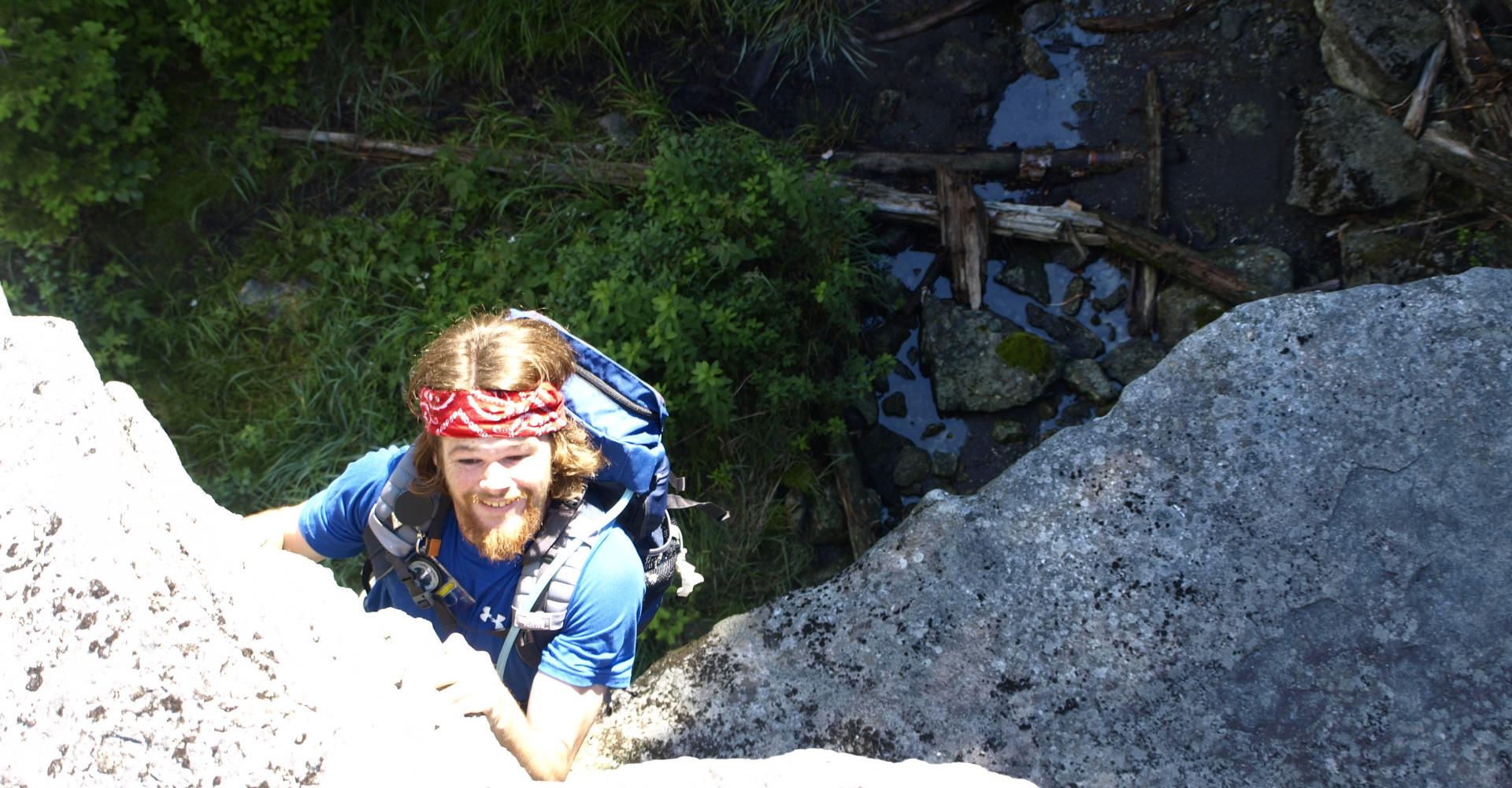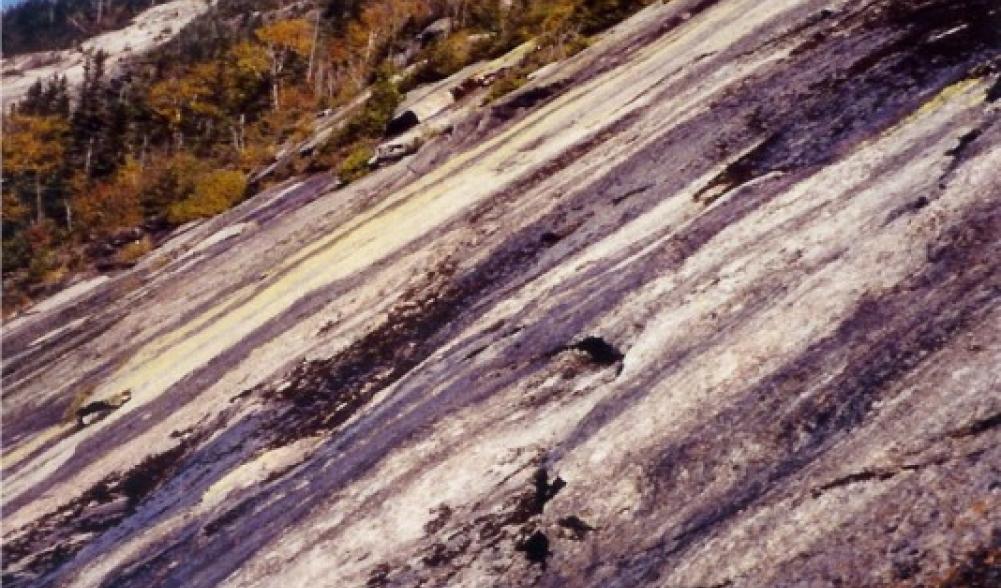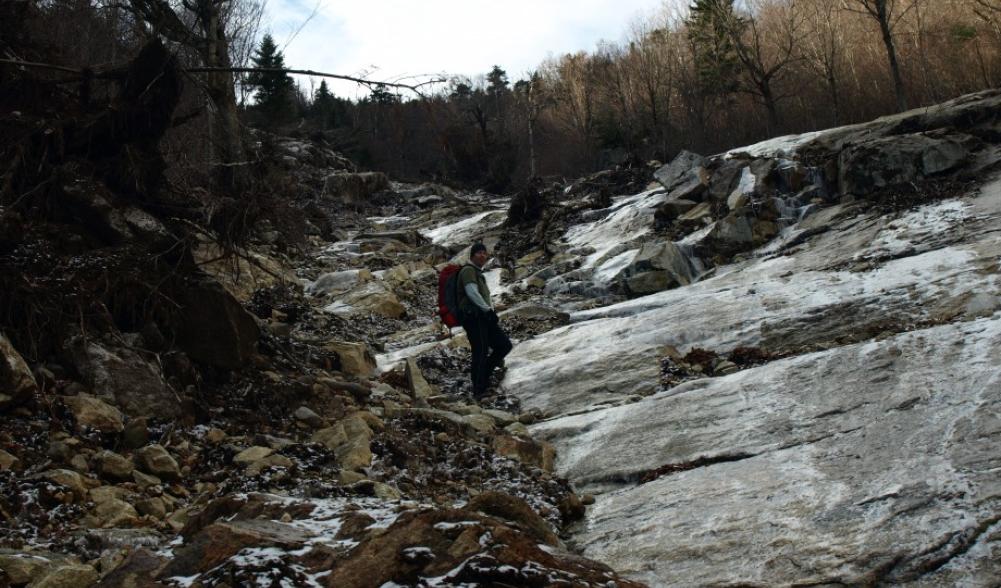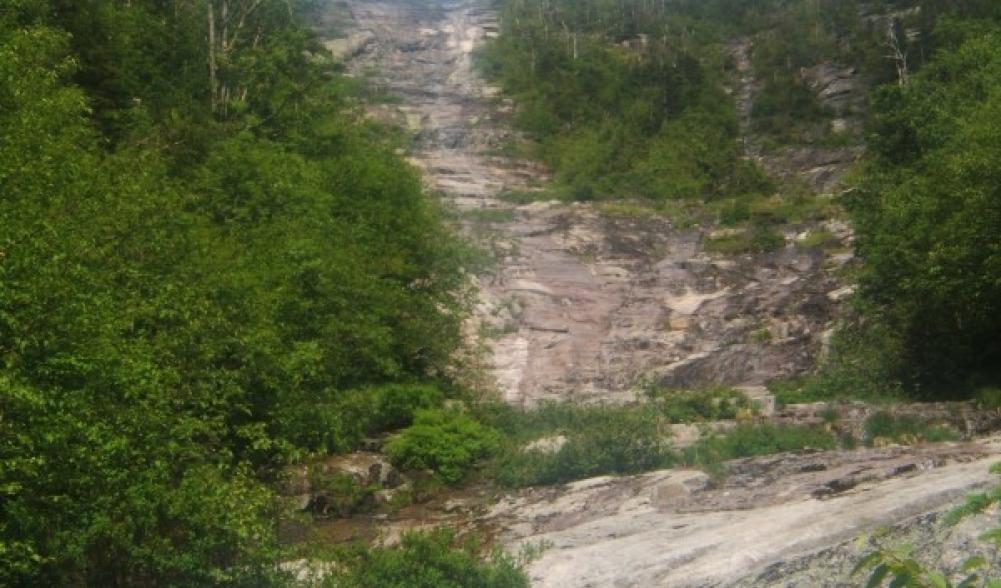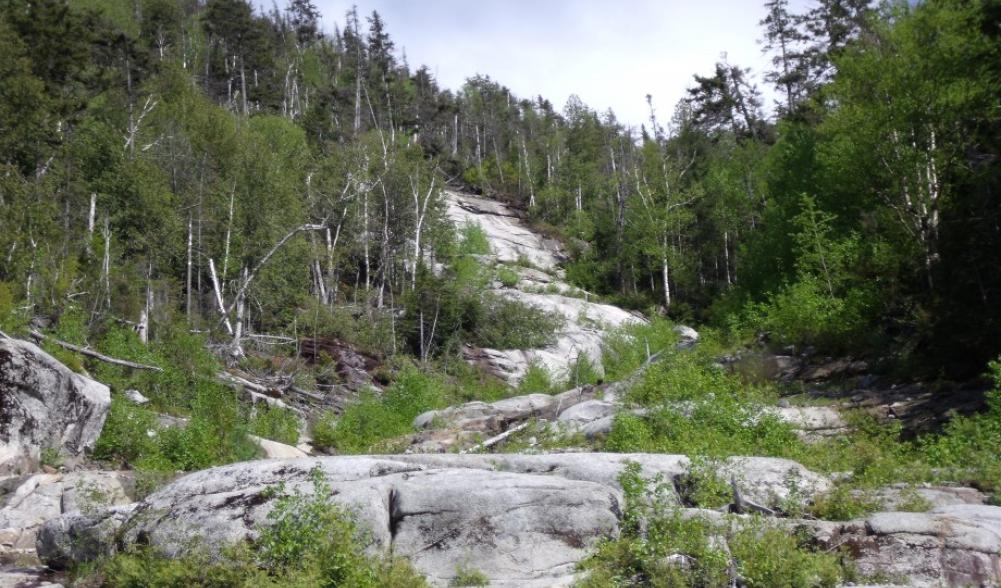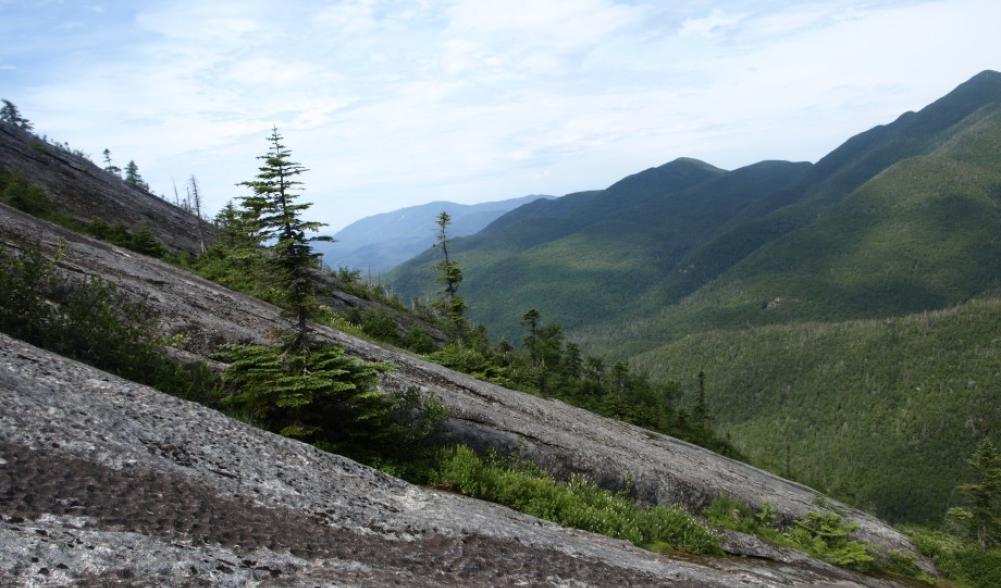The High Peaks Region is becoming quite well known for their slides and the use of those slides to access the summit of many of the High Peaks. Is this good? Is this bad? It all depends on who you ask and the types of unnecessary risks that one takes while in pursuit.
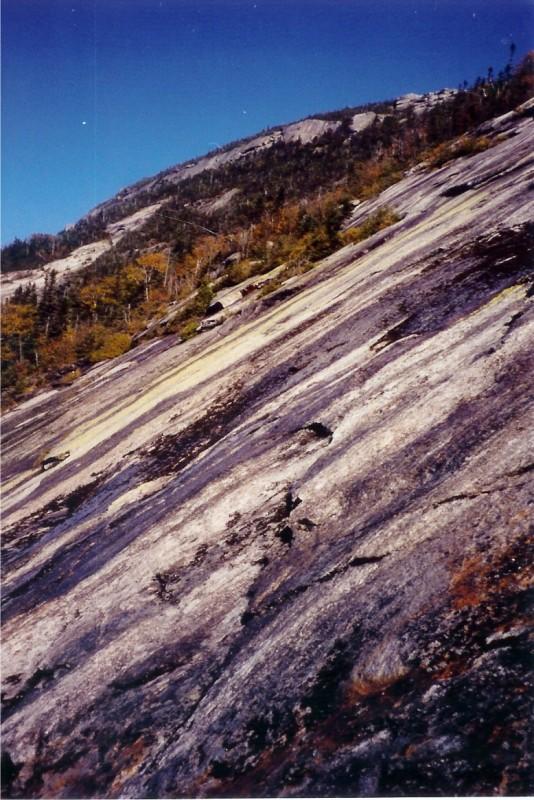
Before Hurricane Irene in 2011, hikers used slides on a regular basis to access the High Peaks. Then after Irene dumped 7.5 inches of rain, a couple dozen more slides were created and many of the existing was made bigger. Since this, slide climbing has become more popular and attracting more newcomers to the sport. I can raise my hand for that, I love slides, always have, and the challenges they bring. With that being said though, I also respect them and the damage they can do and the unforeseen circumstances they can place a climber in.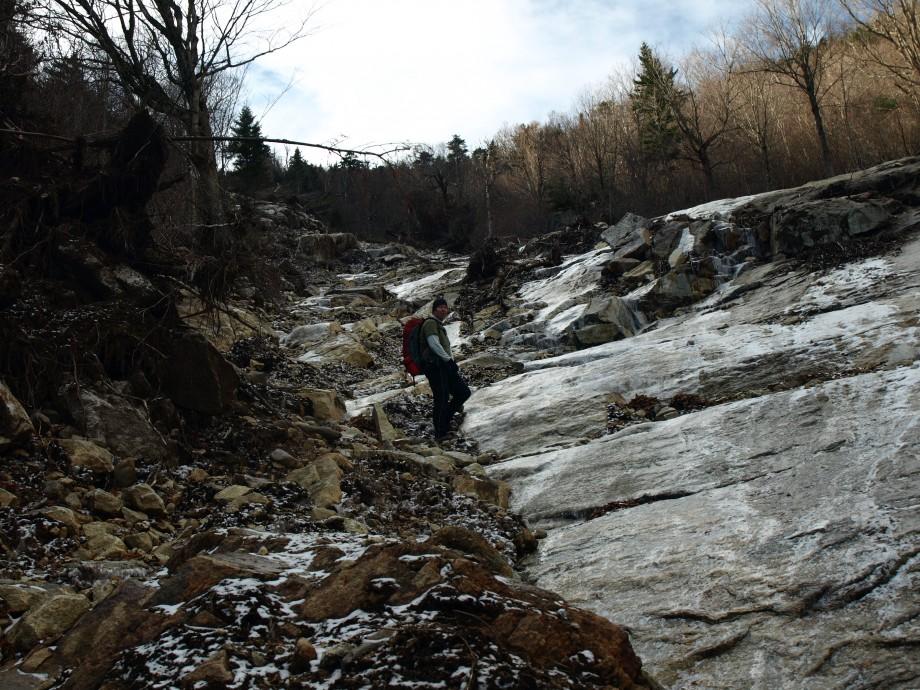
When I first started climbing slides I found myself in one very scary instance on the Eagle Slide located on the side of Giant. The Eagle Slide is set up with a set of fingers or feathers as they are referred to. I started out on the less aggressive feather but soon found myself slightly moving too far out onto the rock face and at the base of a slope that was much steeper than anticipate. I was still a bit green to slide climbing, but had a half dozen under my belt at the time, so I felt very comfortable with the exposure. However, the rock slab was a bit wet and traction was not optimal. Since you are reading this, you can see I made it, but that was the scare that caused two things in me. 1) Keep focused and be aware of your surroundings. 2) Purchase a pair of approach shoes for better traction. I still climb slides and even guide visitors up them, but my approach to them is not as casual as it used to be and I recommend that you take that same approach.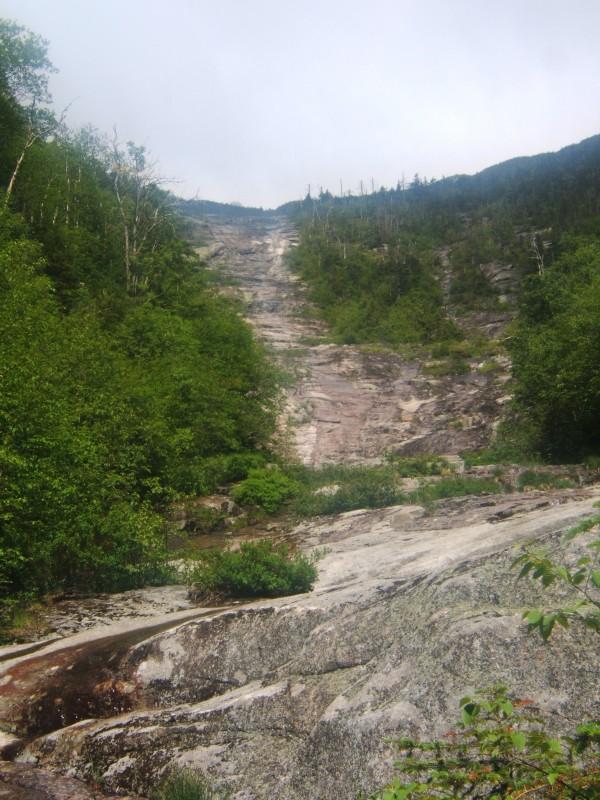
Slides are created by ground water under the soil that causes a layer of lubrication, so to speak, that separates the soil and tree roots from the rock and begins the downward motion of earth. Ground water is still there above the slide, so many of the slides are wet and in those areas still lubricate the rocks. This constant stream of water, if gentle enough cause the rocks to be very slippery and eventually grow a layer of "Adirondack red slime." This slime is possibly as slippery as ice in many cases and much more dangerous, because it often goes unnoticed until you are laying in it.
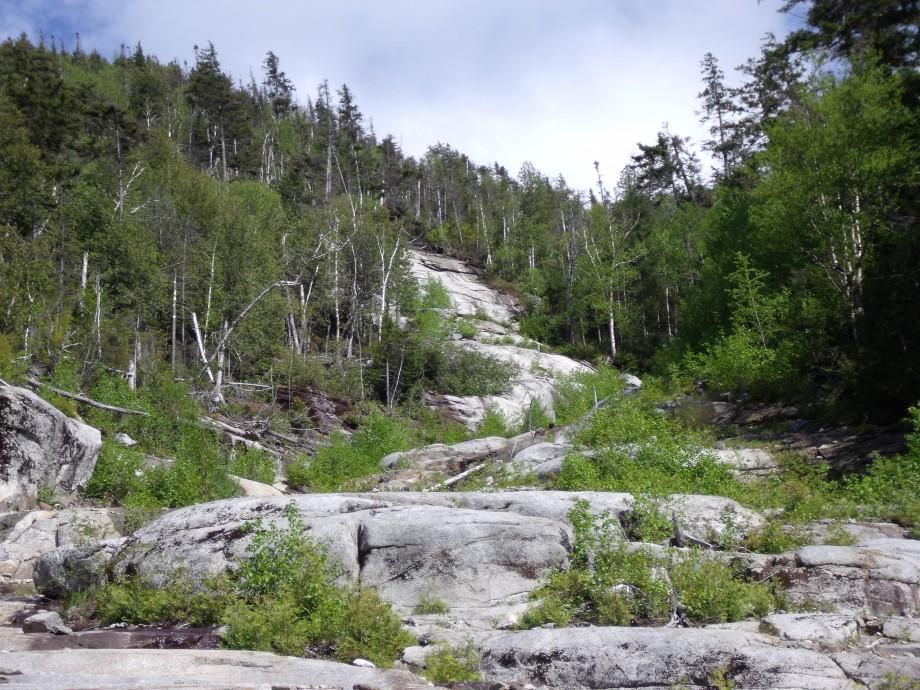
If slide climbing is on your plate, I recommend you try a less aggressive slide with a mellower grade and friendly conditions. Due your research and slowly work your way up to the tougher ones, but remember to keep focus on your surroundings even while you are taking photos of the views and the experience. Pick up a pair of either rock climbing shoes or approach shoes. Approach shoes are more comfortable for longer periods of time and will increase your traction immensely. Regular hiking boots and especially backpacking boots have harder rubber on the sole and with that, limit traction and the smearing effect that a climbing rubber has.
A few more things to keep in mind;
1. Slides don't typically reach a trail or a summit. There is usually a section of very thick bushwhacking from the top of the slide to the summit of a mountain or nearest trail.
2. Slides don't always start from along a trail. You may need to navigate difficult terrain to reach them. If you are not good or experienced in land navigation you should get experience or take a course in GPS and Map and Compass.
3. Slide climbing is a dangerous sport. As soon as you step foot in course to climb one, the inherent dangers increase. Be aware of this and never go alone. And for "Pete's sake" carry emergency and first aid equipment – even if your partners name is not Pete.
4. Many slides don't require the use of ropes, harnesses and anchors. But by all means, if it makes you feel better, use them. If you don't use them, don't do something in which you should.
5. There are often loose debris on the slides, be considerate of those behind you and don't start your own land slide. If you start a rock tumbling down toward someone, don't just watch it bounce off their shin, yell something to get their attention.
6. It is much harder and much more dangerous to down climb a slide due to direction of momentum. You should avoid the descent of a slide if you can, or in the least lower your center of gravity. Don't be too proud to do a crab walk.
7. It's not a race! If it is, you should seriously talk to the race coordinator.
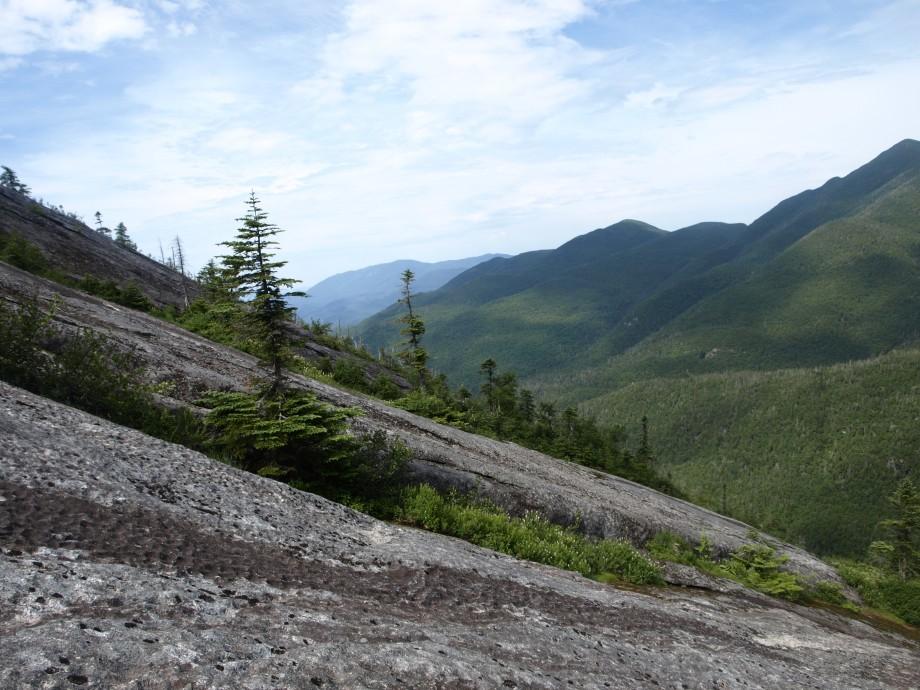
Slides are building popularity and are an excellent way to see the back-country but they should be treated with respect and with caution. There is no better time to go exploring and there is no better time to tell someone where you will be exploring. If you are interested in climbing a slide and summiting a High Peak, but wish to have guidance on your first couple, seek out a local mountain guide in the Lake Placid Region. Interested in the slides and want to have a closer look. Pick up a copy of the Adirondack Slide Guide, by Drew Haas, at a local gear shop of bookstore.

